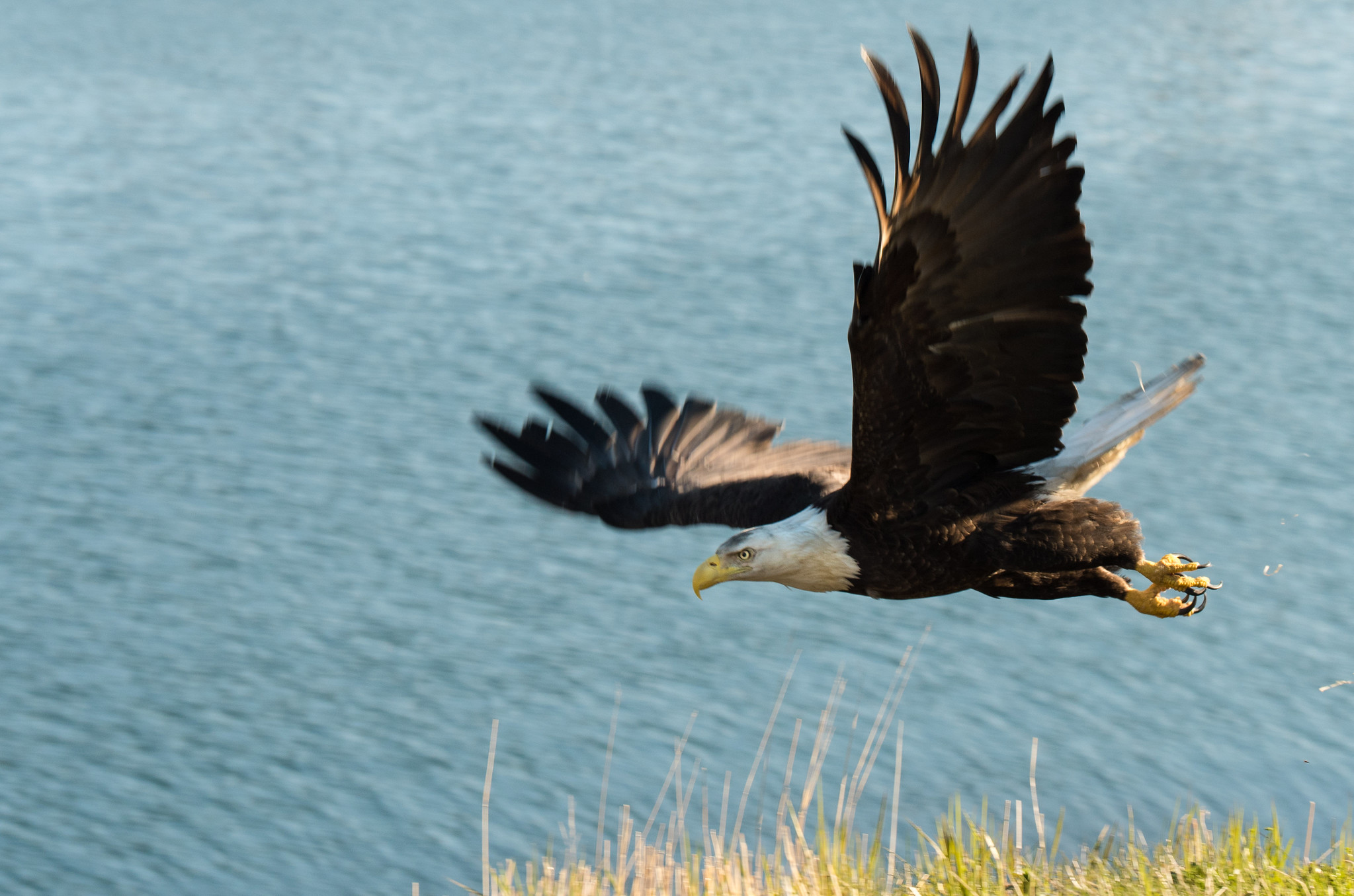As social distancing is now being practiced at all levels of human society in order to mitigate a pandemic’s spread, a Virginia Tech expert in disease ecology says we need to look no further than our animal counterparts to understand why the concept has legitimate benefits.
“Animals as diverse as monkeys, lobsters, insects and birds can detect and avoid sick members of their species,” Dana Hawley, a professor of biological sciences, co-wrote in a recent column. “Why have so many types of animals evolved such sophisticated behaviors in response to disease? Because social distancing helps them survive.”
“In evolutionary terms, animals that effectively socially distance during an outbreak improve their chances of staying healthy and going on to produce more offspring, which also will socially distance when confronted with disease,” Hawley and her co-author, Julia Buck, wrote. Buck is an assistant professor of biology at the University of North Carolina Wilmington.
Hawley and Buck noted that social insects, despite often congregating and living in cramped quarters with thousands of relatives, “are some of the most extreme practitioners of social distancing in nature.”
“When a contagious disease sweeps through their society, both sick and healthy ants rapidly change their behavior in ways that slow disease transmission,” the pair wrote. “Sick ants self-isolate, and healthy ants reduce their interaction with other ants when disease is present in the colony.”
Click to read more from Hawley and Buck’s column.
About Hawley
Dana Hawley is a professor of biological sciences in the Virginia Tech College of Science. Among other areas, her research focuses on disease ecology from a multi-disciplinary perspective in order to understand how individual physiology, pathogen virulence, social behavior, and environmental context all interact to influence infectious disease dynamics. View her bio.
Original post https://alertarticles.info
